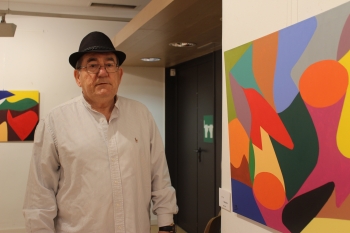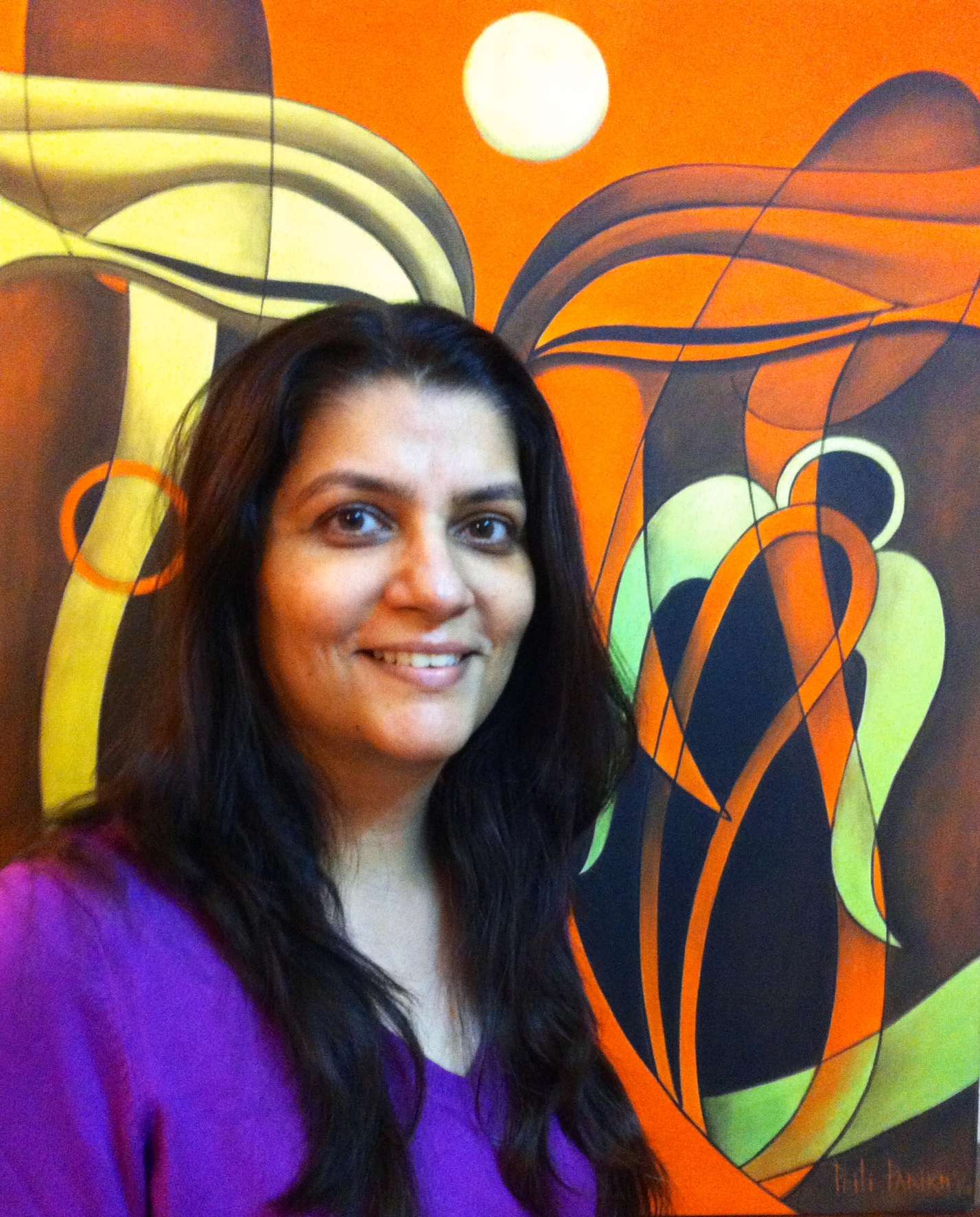
Revered as an icon by the art fraternity around the world, Damien Hirst is an internationally renowned, successful and controversial artist of the contemporary world. He is amongst a select group of artists, whose works command million dollar price tags, which makes him one of the wealthiest living artists in the world today.
Born in Bristol, England, on June 7, 1965, Hirst was a part of the prominent Young British Artists movement in England in the late 1980s and 1990s. It was during this art movement that he emerged as a leading artist. His works of art, including displays of preserved dead animal and spin-art paintings, got sold at exuberantly high prices.
Early Years
Raised as a Catholic, Damien Hirst was brought up in Leeds in a working class family. His early religion education later influenced his artwork. He started showing an interest in the grim and ghastly facets of life early on. His mother described him as a morbid child.
As an adolescent, Hirst would spend considerable amount of time looking at illustrated pathology books, captivated by the pictures and descriptions of diseases and injuries. He was also interested in drawing and was encouraged by his mother to draw. His father was a motor mechanic, who left the family when Hirst was only 12-year old.
Hirst attended Goldsmiths College at the University of London and studied art. During his college days, he put together a thought provoking exhibit titled “Freeze” in the year 1988. In addition to featuring his work, the exhibition showcased the works of Fiona Rae, Sarah Lucas and others. During those days, an art movement called the Young British Artists was stirring the art scene in England. Hirst and his fellow students participated in the movement. They became famous for challenging art concepts and the use of unusual materials.
One of Hirst’s early works, “With Dead Head,” exemplifies his interest in death and shuddering up the art establishment. The photograph depicts the artist grinning and posing adjacent to a severed head in a morgue. While not everyone was fascinated with his work, Hirst found his patron in Charles Saatchi, advertising giant and art collector. Saatchi, who loved to buy contemporary art, not only showed interest in Hirst’s works, but he also lent financial support to Hirst. Saatchi also started collecting Hirst’s works, which augmented the artist’s reputation.
Career Breakthrough
In the year 1991, Hirst showcased his works at his first solo exhibition at the Woodstock Street Gallery in London. The following year, he participated in the show by Young British Artists at the Saatchi Gallery and displayed one of this most celebrated works which featured a tiger shark preserved in formaldehyde in a 14-foot-long glass tank.
With people willing to buy contemporary art, Hirst continued to stir the art world with his work. In the year 1993, he displayed “Mother and Child Divided,” at the Venice Bienniale, a popular international art exhibition. The installation piece had a bisected cow and her calf displayed in four glass enclosures, filled with formaldehyde. His controversial work soon placed him into the league of the best known artists in England. Britain. He won the esteemed Turner Prize in the year 1995.
Even though his career was flourishing, he faced a few hurdles, especially when he sought to bring rotting cattle for an exhibition in the New York City in the 1995, but was stopped by the health authorities of the city. The following year, Hirst received warm welcome during his a show at the Gagosian Gallery in New York, where people were eager to buy contemporary art.
Hirst is an artist of distinct interest. In addition to working on glass tank displays, he has also created paintings and sculptures. He experimented with his interest in the pharmacological age on canvases and created spot paintings. Hirst only painted a few of those paintings. He commissioned other artists to carry out his visions, something like what Andy Warhol had done earlier.
Making art more accessible, Hirst auctioned his work directly to public in 2008. The auction managed to fetch roughly $198 million.
Business of Art
In addition to being an artist and art collector, Hirst is also a savvy entrepreneur. He launched his line of skateboards in 2011. Thanks to his fame and controversial image, he has been able to build an art empire and become one of the wealthiest artists living today.





















